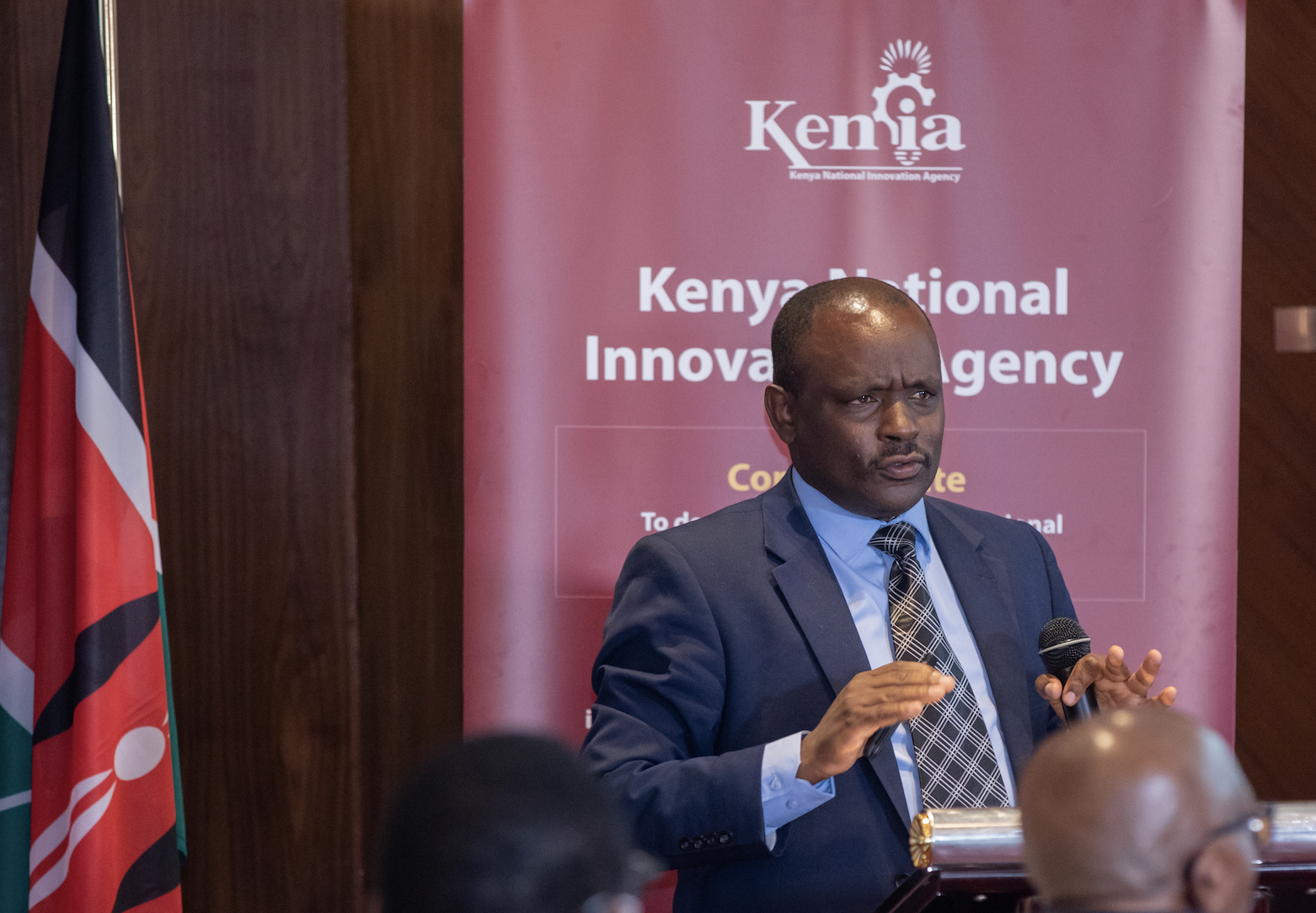
Innovation is vital in all the national priority areas. The government has committed to mainstream innovation, as articulated by President William Ruto at the Kenya Innovation Week 2022 and the 59th Jamhuri Day celebrations. It’s now upon KeNIA to elaborate on how we can exploit the potential of innovation.Dr. Tonny Omwansa
Many countries are attempting to rapidly develop modern industrial and technological capabilities along with supporting infrastructure—transportation, utilities, schools, communications, healthcare and housing facilities. But such development cannot be attained in the 21st Century without keenly focusing on innovation as a driver of economic growth and national prosperity.
Innovation is the improvement of existing, or the creation of entirely new, products and value chains; it is about the creation of new value for the world. When new ideas or technologies are developed and applied, they tend to generate greater output with the same input. More goods and services are produced, a stimulating job, additional income and business profitability. And as productivity increases, more goods and services are produced and, hence, the economy grows.
Countries have turned to national innovation masterplans, which moot strategies that coordinate disparate policies towards scientific research, technology commercialisation, information technology investments, education and skills development.
Our country is at a point of need of a national innovation masterplan given its development plan hinged upon the Kenya Vision 2030 and the African Union’s Agenda 63. The SDGs, and now the new Kenya Kwanza “Plan”, supported by a range of sectoral plans, lay a good foundation for developing an integrated masterplan to consolidate and coordinate innovation for sustainable growth.
The Kenya National Digital Masterplan 2022-2032, a sectoral plan mooted by the ICT ministry, outlines a structured roadmap for the delivery of ICT infrastructure and services and skills development. Underscoring that digitisation is a major instrument in leapfrogging social economic development, it also aims at bridging the digital divide.
Masterplans are not a hard nut; nor are they strict. They are a good yardstick that can change with the times. They do not have to be inflexible or expensive but do need good custodianship in implementing.
The World Intellectual Property Organization (Wipo), the global forum for intellectual property services, policy, information and cooperation identifies six key principles to consider in strengthening a country’s contribution towards the global innovation economy.
High-tech production
One is having related policies that focus on maximising innovation in all industries. Besides high-tech production, countries should consider maximising the growth of traditional sectors such as farming, retail, logistics and business services. Two, related policies should support all types and phases of innovation. Innovations arise at many stages of the lifecycle and development process, including conception, R&D, technology transfer, deployment or even the marketplace.
WIPO also recommends enabling churning and creative destruction; keeping the price of capital goods imports, especially ICT, low; supporting the creation of key innovation inputs, including digital infrastructure, skilled workforce and knowledge—both in the production and transfer.
The sixth principle is to develop a national innovation and productivity strategies. The role of innovation can be optimised when nations develop well-designed strategies.
Singapore and the UK are good examples of countries that have relied on masterplans to guide efforts on innovation. Singapore is intended to make the country a thriving innovation-driven economy and loveable place by 2025. Upon exiting the EU (Brexit), the UK now keenly relies on innovation to drive its science and technology sector. Its leadership says the masterplan can put Britain on a path to becoming a “science superpower”.
Development
India developed a roadmap for research and innovation in 2010 that has significantly contributed to the country’s development.
Kenya established the Kenya National Innovation Agency (KeNIA) out of the Science, Technology and Innovation (ST&I) Act, which has begun developing a national innovation masterplan with the belief that our priorities of food security, healthcare, housing and manufacturing, among others, are good domains to focus on, embedding innovation and integration for the long haul.
Innovation is vital in all the national priority areas. The government has committed to mainstream innovation, as articulated by President William Ruto at the Kenya Innovation Week 2022 and the 59th Jamhuri Day celebrations. It’s now upon KeNIA to elaborate on how we can exploit the potential of innovation.
A broad masterplan will lay bare these priority areas and how innovation can catalyse their development. It will also enable the country to ably compete in the global landscape as we improve the economic well-being of the people.
Dr. Tonny Omwansa is the CEO, Kenya National Innovation Agency.